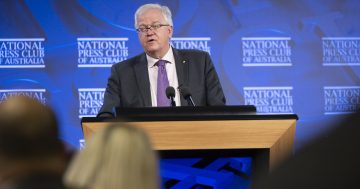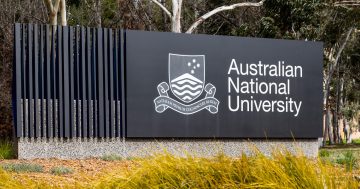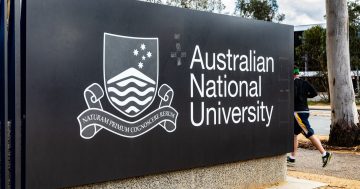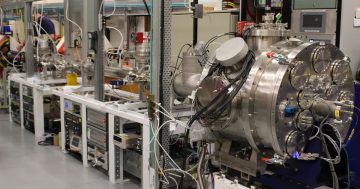
The Australian National University is riding high in the global stakes after being ranked as Australia’s top university and among the top 20 universities in the world.
ANU rose two spots in the latest QS World University Rankings for 2018 to be rated at number 20 in the world.
The next closest Australian university in the global rankings is the University of Melbourne which came in at 41, with the University of New South Wales at 45, the University of Queensland at 47 and the University of Sydney at 50.
Number one in the 2018 worldwide rankings is the Massachusetts Institute of Technology in America followed by Stanford University at number two and Harvard University at number three.
ANU’s result places it among the great research and educational institutions of the world. The Canberra-based institution is among the top 0.1 percent of the world’s 26,000 universities.

According to ANU Vice-Chancellor Professor Brian Schmidt AC, the 2018 rankings demonstrate the ANU’s role as Australia’s national university and as a valued resource for the nation.
“The latest results are a wonderful testament to the world-leading research and education on offer from the ANU, and the dedication of our staff and students who contribute to make ANU one of the great places in the world to work and study,” Professor Schmidt said.
“ANU researchers work every day to help address some of the major issues facing Australia and the world,” he said.
“ANU is a truly global university, and we work hard to attract the best and brightest students, academics staff and researchers from around the world.”

More than 4,300 institutions were considered in the QS World University Rankings for 2018, with 958 institutions actually ranked.
More than 70,000 academics and 40,000 employees were surveyed in deciding the rankings, with both surveys said to be the largest of their kind in the world. On top of this, more than 1.2 million papers indexed by the Scopus database were analysed as part of the process.
The key indicators in deciding the rankings were an institution’s academic reputation (40 per cent), the faculty student ratio (20 per cent) and citations per faculty by Scopus (20 per cent).
The other indicators were the faculty’s employer reputation based on the global survey (10 per cent), the proportion of international students (5 per cent) and the proportion of international faculty (5 per cent).
Top photo: Dr Vini Gautam from the ANU Research School of Engineering.
Second photo: Dr Anthony Burnham from the ANU Research School of Earth Sciences.
Last photo: Close up of a syringe.
All photos by Stuart Hay of the ANU.
How important is ANU’s success in the world rankings? Do you think this has flow on benefits for the city of Canberra? Let us know your thoughts in the comments below.





















